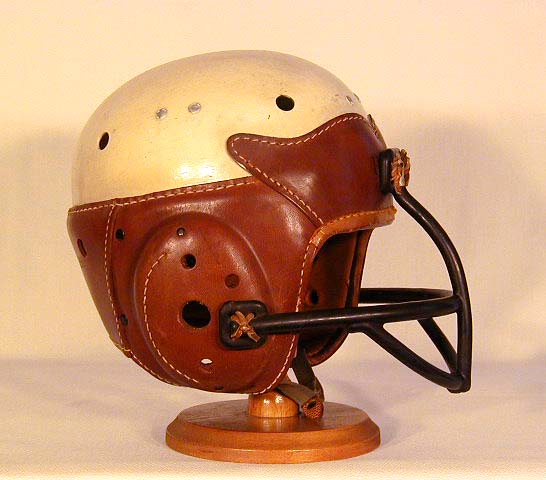Although the very first plastics, made from natural plastic materials such as rubber, chewing gum and shellac were already made and used as early as 1600 bc (by mesoamericans) and.
First Plastic Invented. The material, called parkesine, was an organic material derived from cellulose that, once heated, could be molded and retained its shape when cooled. But in the late nineteenth century, that panoply of possibilities began to fall away with the arrival of a totally new kind of material—celluloid, the.
 The Future of Electronic Paper TFOT From thefutureofthings.com
The Future of Electronic Paper TFOT From thefutureofthings.com
It also has opened new possibilities. Known as ‘the material of 1,000 uses’, it was eventually transformed into phones, radios, jewellery, chess sets and more! It was named “parkesine,” while parkes discovered it when he was trying to invent a synthetic alternative for shellac for waterproofing.
The Future of Electronic Paper TFOT
Born in ghent, belgium, in 1863, baekeland immigrated to the united states in 1889. Although the very first plastics, made from natural plastic materials such as rubber, chewing gum and shellac were already made and used as early as 1600 bc (by mesoamericans) and the middle ages, the invention of modern, synthetic plastic only started in the 1800s. Later in the 19th century, john wesley hyatt developed celluloid from a mixture of shredded tissue paper, nitric acid and sulfuric acid to develop the first thermoplastic, which was used and is still used today for photographic film. Born in ghent, belgium, in 1863, baekeland immigrated to the united states in 1889.
 Source: blog.logomyway.com
Source: blog.logomyway.com
It also has opened new possibilities. But in the late nineteenth century, that panoply of possibilities began to fall away with the arrival of a totally new kind of material—celluloid, the. As plastic became more and more popular, it began to take over our utensil drawers. And after world war ii, a truly “unbreakable” material—polypropylene, a flexible plastic invented by.
 Source: sciencemag.org
Source: sciencemag.org
The material, called parkesine, was an organic material derived from cellulose that, once heated, could be molded and retained its shape when cooled. Although the very first plastics, made from natural plastic materials such as rubber, chewing gum and shellac were already made and used as early as 1600 bc (by mesoamericans) and the middle ages, the invention of modern,.
 Source: pdga.com
Source: pdga.com
And after world war ii, a truly “unbreakable” material—polypropylene, a flexible plastic invented by two european scientists in the 1950s— quickly. It also has opened new possibilities. Parkesine was a biobased plastic, a bioplastic. “parkesine,” as it was called, was marketed as an alternative to ivory and horn that parks discovered while trying to develop a synthetic substitute for shellac.
 Source: thefutureofthings.com
Source: thefutureofthings.com
Produced in fits and starts in the 1930s in the united kingdom, polyethylene has become the most widely used plastic and is a mainstay of modern packaging: Before plastic you had wood, ceramic, metal and glass containers. But in the late nineteenth century, that panoply of possibilities began to fall away with the arrival of a totally new kind of.
 Source: safefootballhelmets.blogspot.com
Source: safefootballhelmets.blogspot.com
It kept kids from getting spanked when they dropped the milk or juice container because you didn’t have thousands of sharp glass shards to clean up along with the spilled contents. It also has opened new possibilities. Born in ghent, belgium, in 1863, baekeland immigrated to the united states in 1889. Although the very first plastics, made from natural plastic.
 Source: magazine.columbia.edu
Source: magazine.columbia.edu
Lee hendrik baekeland introduced phenoformaldehyde plastics (or phenolics, as they are more popularly known), the first plastic to achieve worldwide acceptance. The first synthetic plastic was made in 1907, when a belgian named leo baekeland invented bakelite in a lab in new york. Originally invented in the nineteenth century as a replacement for raw substances like ivory, rubber, and shellac.
 Source: bloodybathmat.com
Source: bloodybathmat.com
The first synthetic polymer was invented in 1869 by john wesley hyatt, who was inspired by a new york firm’s offer of $10,000 for anyone who could provide a substitute for ivory. It was named “parkesine,” while parkes discovered it when he was trying to invent a synthetic alternative for shellac for waterproofing. It was invented by a successful scientist.
![]() Source: petapixel.com
Source: petapixel.com
It also has opened new possibilities. Produced in fits and starts in the 1930s in the united kingdom, polyethylene has become the most widely used plastic and is a mainstay of modern packaging: As plastic became more and more popular, it began to take over our utensil drawers. Before we used plastic forks, knives, and spoons, the only option available.






